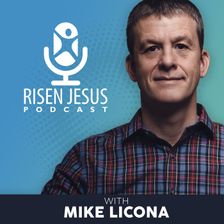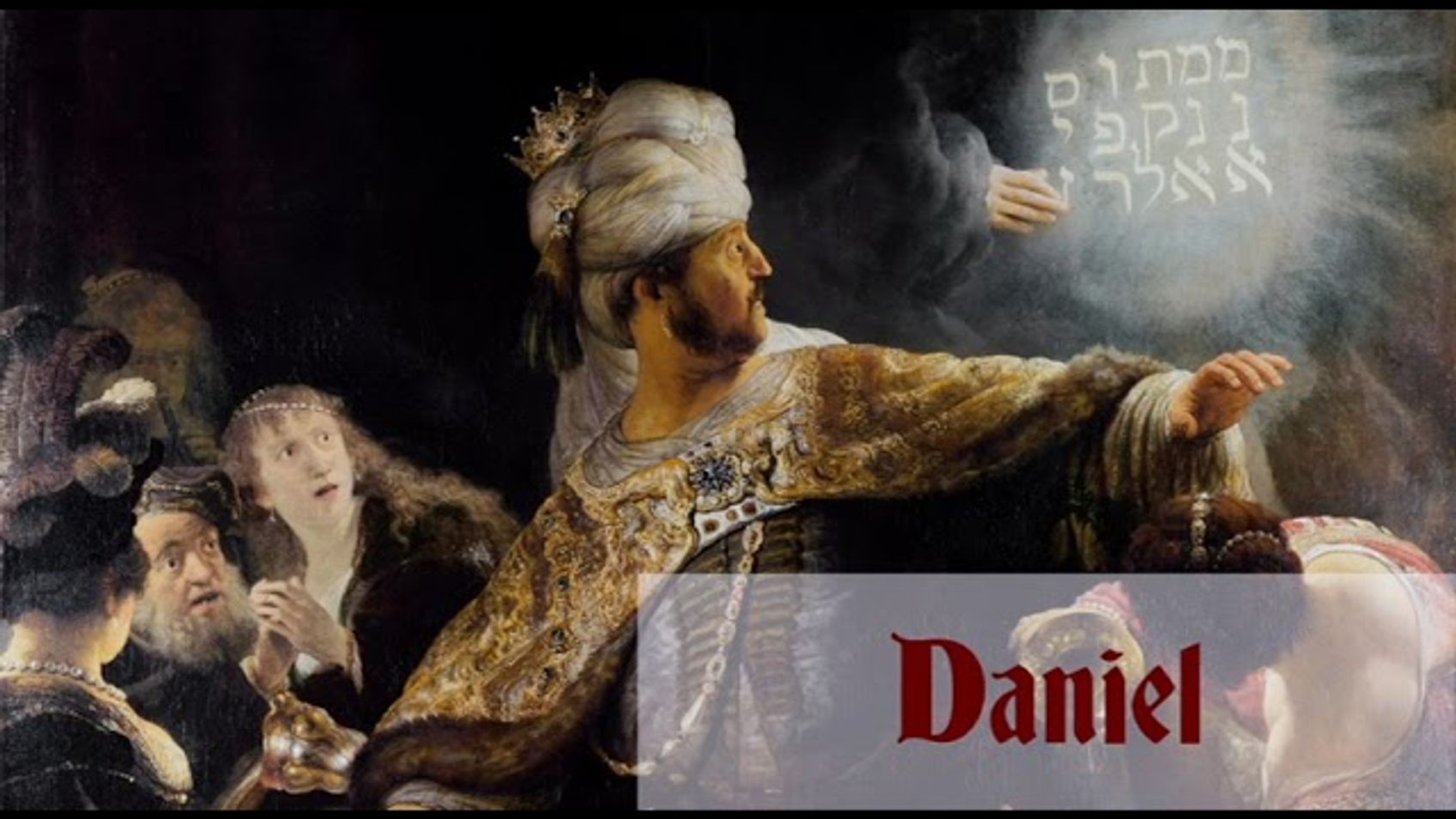Daniel: Chapter-by-Chapter Commentary

*CONTENTS*
00:00:00 - Chapter 1: Daniel Refuses the King's Food
00:12:44 - Chapter 2: Nebuchadnezzar's Dream of the Great Image
00:32:27 - Chapter 3: Nebuchadnezzar's Golden Image and the Fiery Furnace
00:50:52 - Chapter 4: Nebuchadnezzar's Second Dream
01:07:12 - Chapter 5: Belshazzar's Feast and the Writing on the Wall
01:29:30 - Chapter 6: Daniel in the Den of Lions
01:50:36 - Chapter 7: The Four Beasts
02:12:08 - Chapter 8: The Vision of the Ram and the Goat
02:19:56 - Chapter 9: Daniel's Prayer and the Seventy Weeks
02:37:37 - Chapter 10: The Vision by the River Tigris
02:47:16 - Chapter 11: The Wars of the Kings of the North and the South
03:06:12 - Chapter 12: The Time of the End
If you have enjoyed my videos and podcasts, please tell your friends. If you are interested in supporting my videos and podcasts and my research more generally, please consider supporting my work on Patreon (https://www.patreon.com/zugzwanged), using my PayPal account (https://bit.ly/2RLaUcB), or by buying books for my research on Amazon (https://www.amazon.co.uk/hz/wishlist/ls/36WVSWCK4X33O?ref_=wl_share).
The audio of all of my videos is available on my Soundcloud account: https://soundcloud.com/alastairadversaria. You can also listen to the audio of these episodes on iTunes: https://itunes.apple.com/gb/podcast/alastairs-adversaria/id1416351035?mt=2.
More From Alastair Roberts

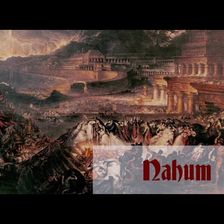
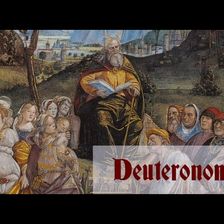

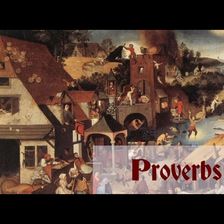
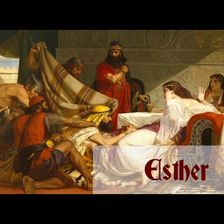
More on OpenTheo





